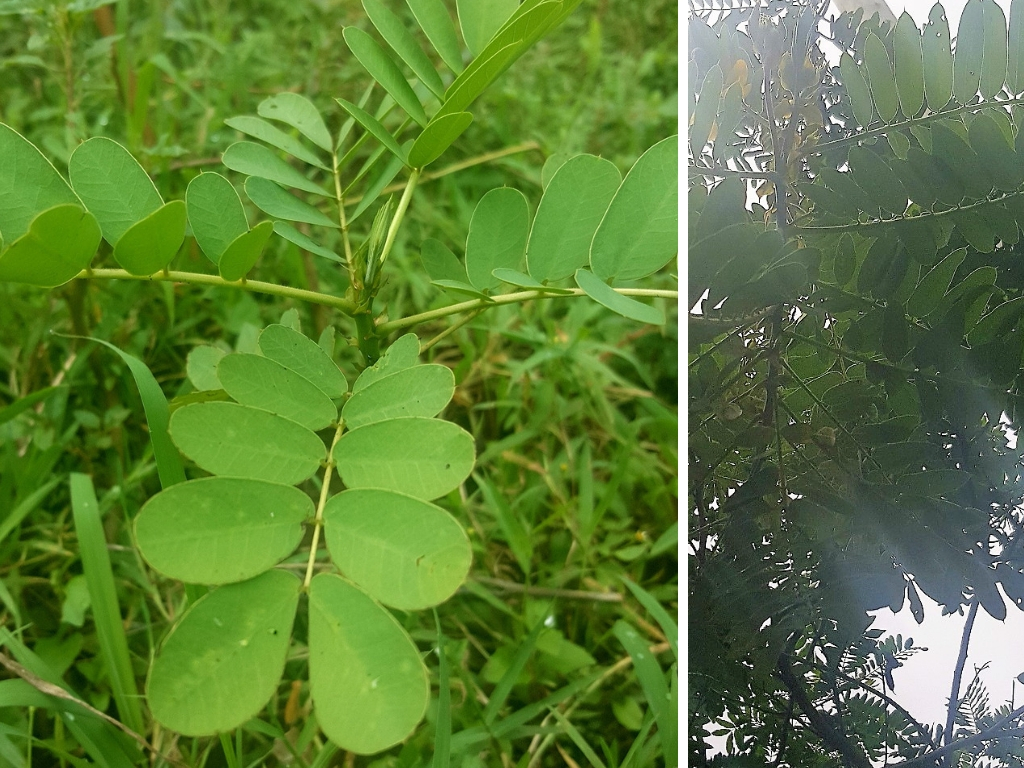Our forefathers depended entirely on their lived environment for sustenance. Many of the jewels of the earth that fed, healed and protected our forefathers are still with us. We rediscover these gifts of mother nature by highlighting their cultural value. Kumwimbwi is one such the gift that keeps on giving.
Kumwimbwi at a glance
| Scientific Name | Member of Faboideae. Possibly a relative of the Senna petersiana tree that’s indigenous to tropical Africa. |
| Local Names | Kumwimbwi (Bukusu) |
| Identifiable features | Pungent on touch. Brilliant yellow flowers. |
Among the Luhya, there were good eyes and bad eyes. Bad eyes belonged to witches who could throw ‘bones’, vigumba. Vigumba bewitched children occasioning them to be ill with oral thrush so severe as to cause death. However, the ‘completeness’ of Luhya culture is such that there is a yin for every yan. An antidote for every poison. Thus those with evil eyes wouldn’t be left to a field day.
This is where the unimpressive looking Kumwimbwi tree comes in. What follows is the cultural significance of tree known not to affect soil fertility. Therefore, thanks to this desirable quality, the kumwimbwi tree can be found thriving in many farms in Western Kenya. Maybe it is time we rediscovered its ‘powers’.
THE CULTURAL VALUE OF KUMWIMBWI
A truly versatile tree which makes it a must have in any home keen on sustainable organic living.
Kumwimbi Anti-fungal Properties
The Bukusu would use ashes of the leaves of the Kumwimbwi tree that had been mixed with animal fat as a balm to cure ringworm.
Souring Milk
Still, among the Bukusu, ashes from the bark and stem of the Kumwimbwi tree is used as an additive to sour milk.
Protective Cloak From Evil Eyes
Among the Maragoli, the Kumwimbwi tree would be let to thrive around the homestead. It was especially encouraged to thrive in families that were actively reproducing. This is because Kumwimbwi was thought to act as a protective cloak against evil eyes. Let’s briefly talk about ‘evil eyes’.
Sorcery in traditional Luhya communities took various forms. There were night runners – the least harmless of the bunch. Then there were the shamans who were said to have powers that tamed and ‘kept’ leopards (ingwe). As scary as that sounds, it was said that all would be well if you kept away from their paths. Furthermore, of the bunch, the shamans have the most hilarious legends told about them. One day we will write about that.
Finally, there were the most dreaded of the bunch: those with evil eyes. These ones were feared because they did their do in broad daylight. They did not need the cover of darkness. They were masters of the darkest arts and could cast a spell merely by looking at their victims – often helpless children and infants. Therefore, nurturing the Kumwimbwi tree within the vicinity of one’s home to full bloom was the only sure way of repelling their evil eyes.

